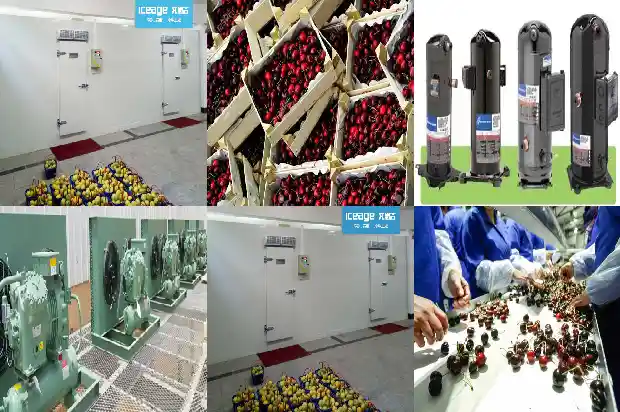Properties and Applications of R290 Refrigerant
2025-04-04
R290
Chinese name: Propane;
Molecular formula: C3H8;
Appearance and properties: Colorless gas, pure product is odorless;
Solubility: Slightly soluble in water, soluble in ether and ethanol;
Flash point (℃): - 104;
Explosive upper limit % (V/V): 9.5;
Explosive lower limit % (V/V): 2.1;
Relative density (air = 1): 1.56;
Heat of combustion (kJ/mol): 2217.8
Ignition temperature (℃): 450 - 470;
Note: Flash point: The temperature at which the mixture of vapor on the surface of a flammable liquid and air flashes for the first time when in contact with fire.
Health hazards: It has simple asphyxiation and anesthetic effects. Brief exposure of humans to 1% propane does not cause symptoms; a concentration below 10% only causes mild dizziness; exposure to high concentrations can lead to an anesthetic state and loss of consciousness; extremely high concentrations can cause asphyxiation.
Hazardous characteristics: It is a flammable gas. When mixed with air, it can form an explosive mixture and is at risk of combustion and explosion when encountering heat sources and open flames.
Small charging amount.
Low freezing point and larger latent heat of evaporation, enabling a faster cooling rate per unit time; less work done in isentropic compression ratio, making the compressor work more easily and extending the service life of the compressor; small molecular weight, good fluidity, and lower delivery pressure, reducing the load on the compressor. When using R290 refrigerant, the energy - saving rate can reach 15 - 35%.
Chinese name: Propane;
Molecular formula: C3H8;
Appearance and properties: Colorless gas, pure product is odorless;
Solubility: Slightly soluble in water, soluble in ether and ethanol;
Flash point (℃): - 104;
Explosive upper limit % (V/V): 9.5;
Explosive lower limit % (V/V): 2.1;
Relative density (air = 1): 1.56;
Heat of combustion (kJ/mol): 2217.8
Ignition temperature (℃): 450 - 470;
Note: Flash point: The temperature at which the mixture of vapor on the surface of a flammable liquid and air flashes for the first time when in contact with fire.
Health hazards: It has simple asphyxiation and anesthetic effects. Brief exposure of humans to 1% propane does not cause symptoms; a concentration below 10% only causes mild dizziness; exposure to high concentrations can lead to an anesthetic state and loss of consciousness; extremely high concentrations can cause asphyxiation.
Hazardous characteristics: It is a flammable gas. When mixed with air, it can form an explosive mixture and is at risk of combustion and explosion when encountering heat sources and open flames.
Small charging amount.

Low freezing point and larger latent heat of evaporation, enabling a faster cooling rate per unit time; less work done in isentropic compression ratio, making the compressor work more easily and extending the service life of the compressor; small molecular weight, good fluidity, and lower delivery pressure, reducing the load on the compressor. When using R290 refrigerant, the energy - saving rate can reach 15 - 35%.

Related Articles
- Classification of the Properties of Refrigeration Systems
- Principles and Applications of Common Pressure Control and Pressure Regulating Valves
- CO2 Refrigeration Applications
- Cold and Hyperinflation: Significance and Applications
- Classification and Uses of Common Refrigerants
- Refrigerant leakage is too dangerous. Solve it quickly and take precautions!
- Several Common Refrigerants
- How to Properly Remove Ammonia Refrigerant during Refrigeration Parts Repair
- Compare Various Refrigerants: Gain Quick Insights into Each Characteristic
- How to Solve Practical Problems of Air - conditioner Leakage, Noise and Refrigerant Leakage?
- Manifestations of Insufficient Air - conditioner Refrigerant and Judgment of the Charging Amount
- Four Major Factors Affecting the Boiling Heat Transfer of Refrigerant Liquid
- What Are the Commonly Used Refrigerants in Refrigerators and Cold Storages?
- Comprehensive! Piping and Installation of VRF (Variable Refrigerant Flow) System
- You Might Need This Someday! Check Out the Refrigerant Charging Method for Multi - split Systems!
- Types of Refrigerants and Leak - detection Methods
- What to Consider When Replacing R22 with Refrigerant R404A?
- Introduction to Inspection and Handling Methods for Refrigerant Leak in Cold Storage
